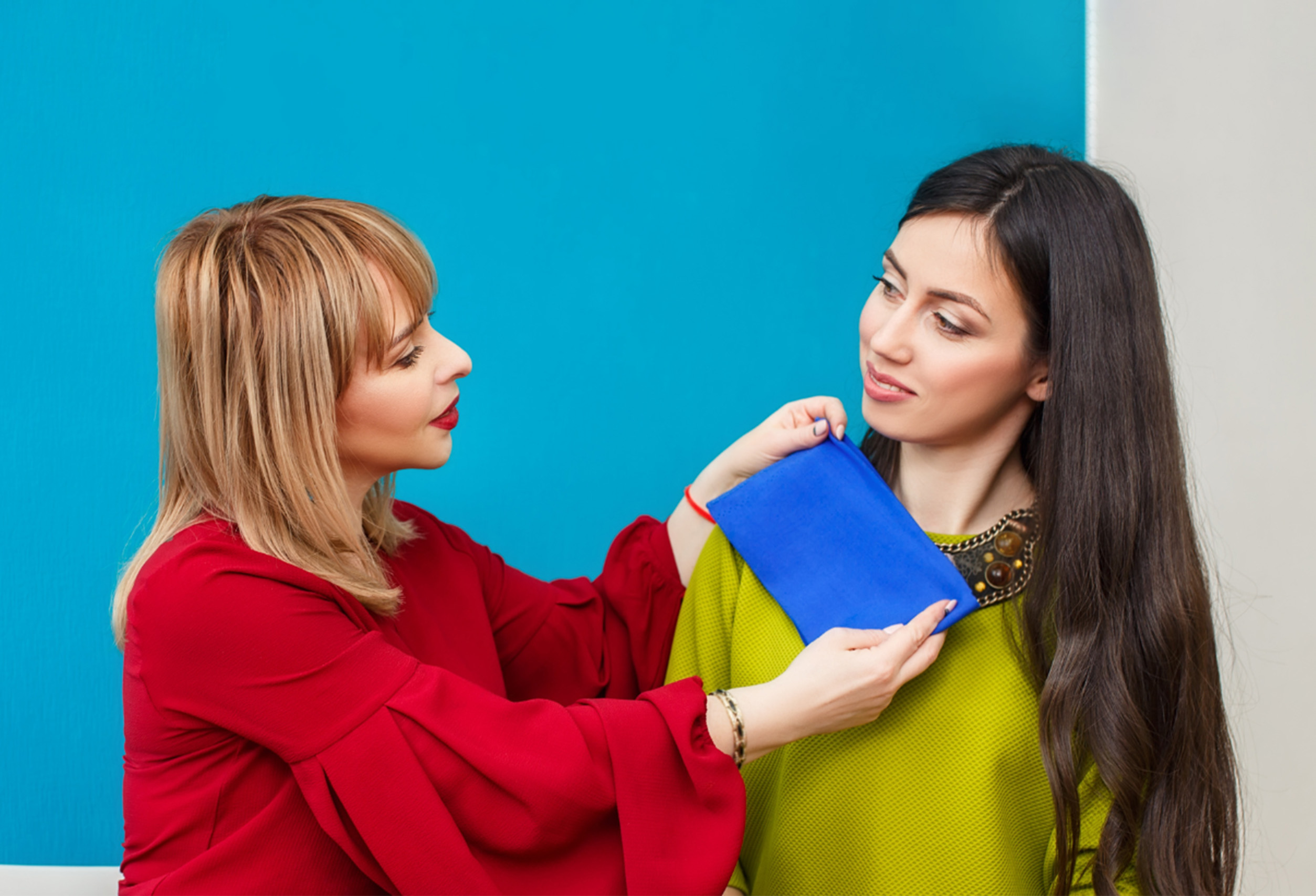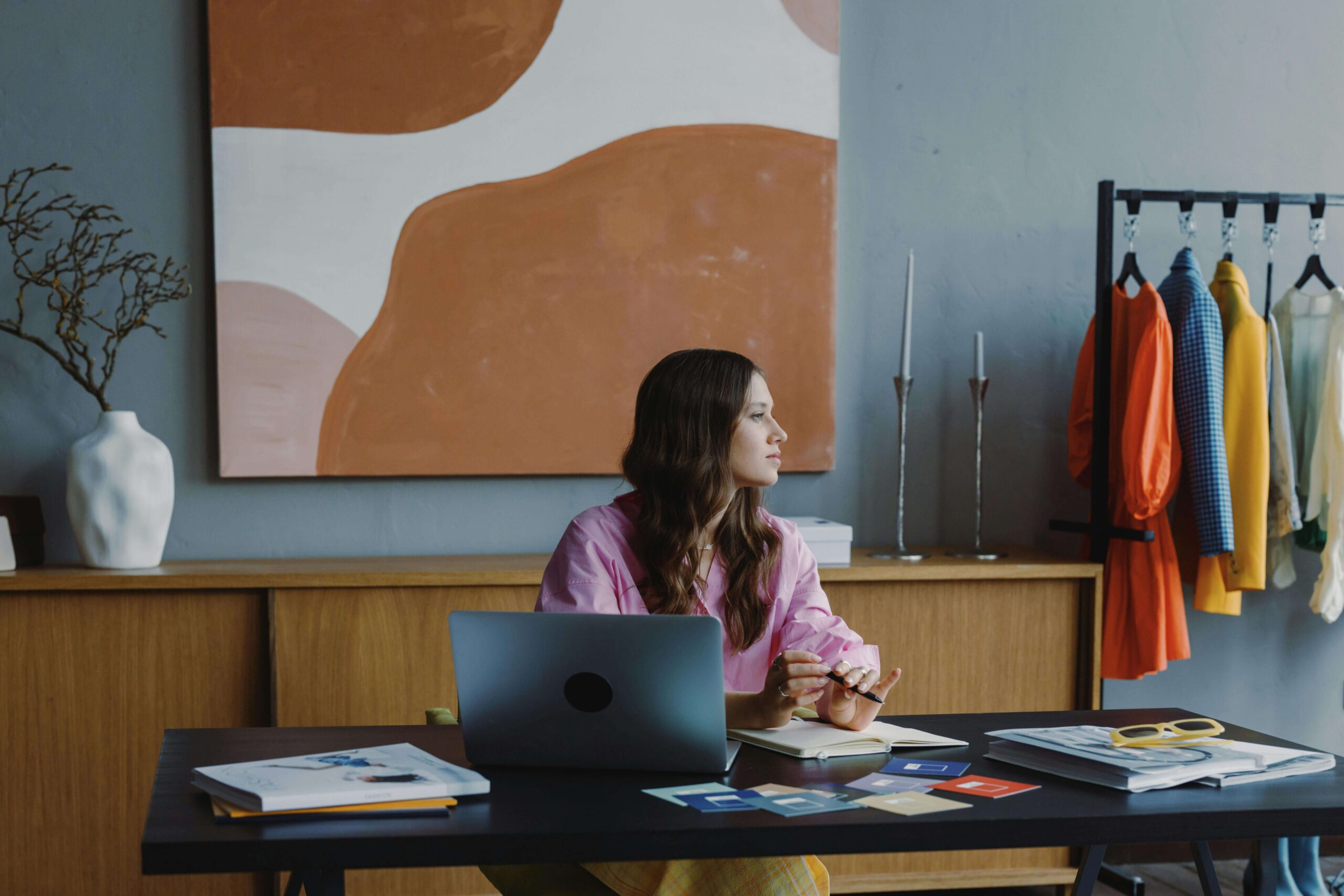Fashion is often seen as a means of expressing creativity, style, or even following trends, but have you ever thought about how your clothes convey deeper aspects of your personality and state of mind? The psychology of fashion is a fascinating field that explores the subtle messages our clothing sends to the world, often without us even realizing it
1. Clothes as a Form of Self-Expression
At its core, fashion allows us to express who we are. From the colors we choose to the styles we prefer, clothing can reveal a lot about our individual personalities. Those who favor bold colors and avant-garde styles might be seen as extroverted, creative. even rebellious, while individuals who prefer neutral tones and classic silhouettes may be perceived as calm, conservative, or refined. Our fashion choices reflect how we want to be seen by others and, oflen, how we want to see ourselves.
2. The Influence of Colors on Perception
Color psychology plays a significant role in how we are perceived by others. For example:
Red: Often associated with power, passion, and energy, wearing red can make you appear confident and assertive.
Blue: A calming color linked to trustworthiness and reliability, wearing blue can make you seem more approachable and calm.
Black: Known for its sophistication and elegance, black can give off an air of authority, mystery, or even a sense of formality.
Yellow: Often seen as a cheerful and optimistic color, yellow can signal happiness and a sense of adventure
The colors you choose to wear may influence not just how others perceive you, but how you feel about yourself in the moment.
3. Clothing as Armor: Dressing for Protection
Psychologically, our clothing can act as a form of armor. This is especially true in professional settings or social situations where we may feel vulnerable. For example, wearing a well-tailored sull might make someone feel more competent and confident in a meeting. Conversely, donning casual or comfortable clothing like sweatpants might indicate a desire to feel relaxed, safe, and free from pressure. This concept is also seen in “power dressing,” where people wear certain outfits to project strength, confidence, or authority.

4. Cultural and Social Influence
Our clothing choices are also influenced by societal expectations and cultural norms. What we wear can signal our affiliation with certain groups, whether it’s a team, a profession, or a subculture. For instance, someone wearing a uniform or corporate attire might be perceived as professional and disciplined, while someone in casual streetwear might be seen as youthful, laid-back, or trend-conscious. Fashion has long been used to communicate belonging or rebellion against certain norms.
5. The Link Between Personality and Fashion
Studies have shown that there is a significant relationship between personality traits and fashion choices, For example:
Extroverts: people with high extroversion often gravitate towards bold, attention-grabbing fashion, embracing bright colors and unique patterns. Their clothing choices reflect their outgoing, social nature.
Introverts: Those with introverted personalities may lean toward more understated, minimalist styles. Their clothing choices often prioritize comfort and practicality over standing out, indicating a preference for introspection and solitude
Neuroticism: Individuals who score high in neuroticism (prone to anxiety or emotional instability) may favor more controlled, orderly outfits to create a sense of stability and calm in their lives.
Openness to Experience: People with a high level of openness are often willing to experiment with different styles, mixing bold patterns and unconventional looks, showcasing their creativity and adventurous spirit.
6. Clothes as a Mood Indicator
What we wear can also be a reflection of our current mood. Think about the last time you wore something comfortable when you were feeling stressed or down. Many people use clothing to improve or match their emotional state. On days when you’re feeling confident and positive. you may opt for boid, statement-making outfits. On days when you’re feeling low or overwhelmed, you might lean toward more comfortable or subdued choices

7. The Role of Fashion in Identity Formation
Fashion is also a powerful tool for identity formation. Especially during adolescence, clothes are a way to experiment with different roles, statuses, and identities. Teenagers, for example, may use fashion to fit in with peers, challenge authority, or communicate personal beliefs. As we age, our style may become more reflective of our life experiences, values, and sense of self
8. Fashion and First Impressions
It’s said that you only have one chance to make a first impression, and your clothing plays a major role in how you’re perceived. Whether you’re meeting someone for the first time, going on a job interview, or attending a social event, the clothes you wear can significantly impact how others view you. A professional, well-put-together look can convey competence and reliability, while a more relaxed or casual look might project warmth and approachability.
Extraverts: People with high extroversion often gravitate towards bold, attention-grabbing fashion, embracing bright colors and unique patterns. Their clothing choices reflect their outgoing, social nature.
9. The Rise of Athleisure and Casualization
In recent years, the rise of athleisure and casual wear has highlighted an interesting shift in fashion psychology.
More people are choosing comfort over traditional formal attire, reflecting a change in societal values and prionties. As work-life balance becomes increasingly important and the boundaries between personal and professional lives blur, people may choose clothing that emphasizes flexibility, comfort, and ease of movement.. This shift could also be a response to the stress and demands of modern sites, with more people seeking ways to feel grounded and at ease.
Conclusion
The psychology of fashion reveals that what we wear is much more than just a way to cover our bodies-it’s a reflection of who we are, how we feel, and how we want to be seen by others. Clothing serves as a visual language, allowing us to communicate our emotions, personality traits, and social affiliations without uttering a word. By understanding the psychology behind fashion, we can become more aware of how our clothing choices impact the world around us and how they, in turn, influence our own sense of identity and self-expression.
So next time you stand in front of your closet, remember that the outfit you choose can say a lot about you-and the world is paying attention.






